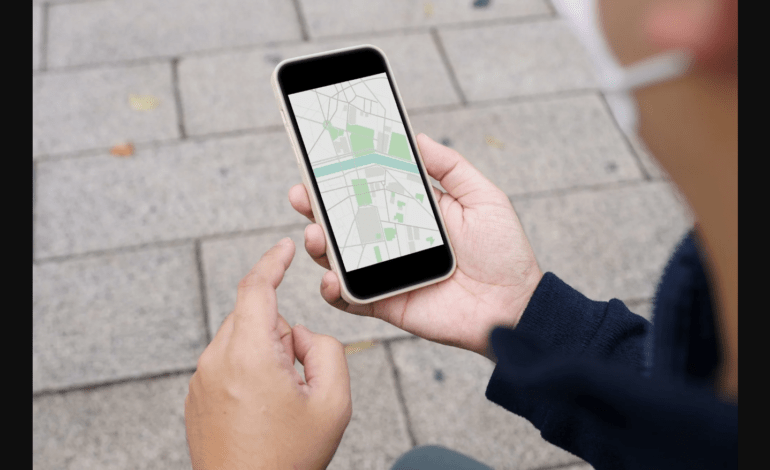
Smartphone pauses may predict Alzheimer’s: subtle behavior could offer early warning
By Dr. Avi Verma
In a striking advancement at the intersection of neuroscience and digital health, a group of researchers has found that the way older adults navigate with smartphones may offer a crucial window into their cognitive health—possibly years before clinical symptoms of dementia emerge.
Published in PLOS Digital Health in January 2025, the study highlights a newly observed behavior: frequent orientation stops—short pauses to reorient while walking—could be an early indicator of cognitive decline, a known precursor to Alzheimer’s disease.
The findings are particularly timely. With global dementia cases projected to triple by 2050, early detection is not just ideal—it’s essential. But traditional tests often miss the earliest signs. This study, conducted by researchers at a prominent European neurodegenerative center, leverages the growing use of smartphones to collect real-world behavioral data in a simple yet revealing way.
A Real-World Test Using Smartphones
To conduct the study, scientists recruited 72 participants, divided into three groups:
- 24 young adults,
- 25 cognitively healthy older adults, and
- 23 individuals who self-reported subjective cognitive decline (SCD)—a state of perceived memory problems without a formal diagnosis.
Participants were asked to navigate a university campus using a specially designed mobile app named Explore. The app initially showed a map with the participant’s location and the destination. However, once the user began walking, the map disappeared—forcing them to rely on memory and spatial awareness to complete the task.
The app passively collected GPS data every two seconds—tracking the participant’s movements, pauses, and route choices. At each of the five designated destinations, a QR code had to be scanned to confirm arrival.
Orientation Stops: A Quiet Red Flag
While all groups completed the task, stark behavioral differences emerged. Younger participants navigated faster and more efficiently. Older participants generally moved slower, but it was the SCD group that stood out—they made significantly more orientation stops, particularly at intersections or unfamiliar junctions.
“These short pauses may seem trivial,” said the study’s lead researcher, a cognitive science expert in Germany, “but they could indicate early struggles with executive function and spatial memory—two cognitive domains affected early in Alzheimer’s progression.”
Statistical modeling showed that just tracking the number of orientation stops could predict early cognitive decline in nearly 67% of cases—a level comparable to more complex, costly assessments using virtual reality or brain scans.
Digital Behavior as a Diagnostic Tool
What makes these findings revolutionary is the accessibility of the method. Unlike traditional lab assessments, smartphone-based tasks can be conducted remotely, anonymously, and without special equipment—making them scalable across communities and healthcare systems.
Crucially, this behavior (frequent stopping) was not associated with physical limitations like slower walking speed or distance covered, suggesting the issue is cognitive, not physical.
Other benefits of this approach include:
- Passive data collection with minimal user effort.
- Higher frequency tracking over time, aiding longitudinal studies.
- Early alerts that may prompt follow-up testing or intervention.
Caveats and the Road Ahead
The study’s authors caution that subjective cognitive decline is a broad category—not everyone who experiences it will develop dementia. Ideally, future versions of this research will include genetic markers (like APOE), neuroimaging, or longitudinal follow-up to improve accuracy.
Nevertheless, the potential is clear. With further development, smartphone apps could become daily-use tools for monitoring cognitive health—similar to how wearables monitor heart rate or sleep patterns today.
Conclusion: A Pause That Speaks Volumes
This study reinforces a powerful insight: what may seem like a subtle habit—pausing to think while walking—could actually be a red flag. And with smartphones already in the hands of billions, harnessing them for cognitive health monitoring is no longer a futuristic dream—it’s a growing reality.
For the IndoUS Tribune readers and their families, this offers hope: a future where early detection of Alzheimer’s could be as simple as walking with your phone.
Stay tuned for more updates in our Health Corner series on dementia, mental wellness, and digital breakthroughs.
Disclaimer: This article is for informational purposes only and not a substitute for professional medical advice. Consult your physician or neurologist if you experience memory issues or cognitive symptoms.